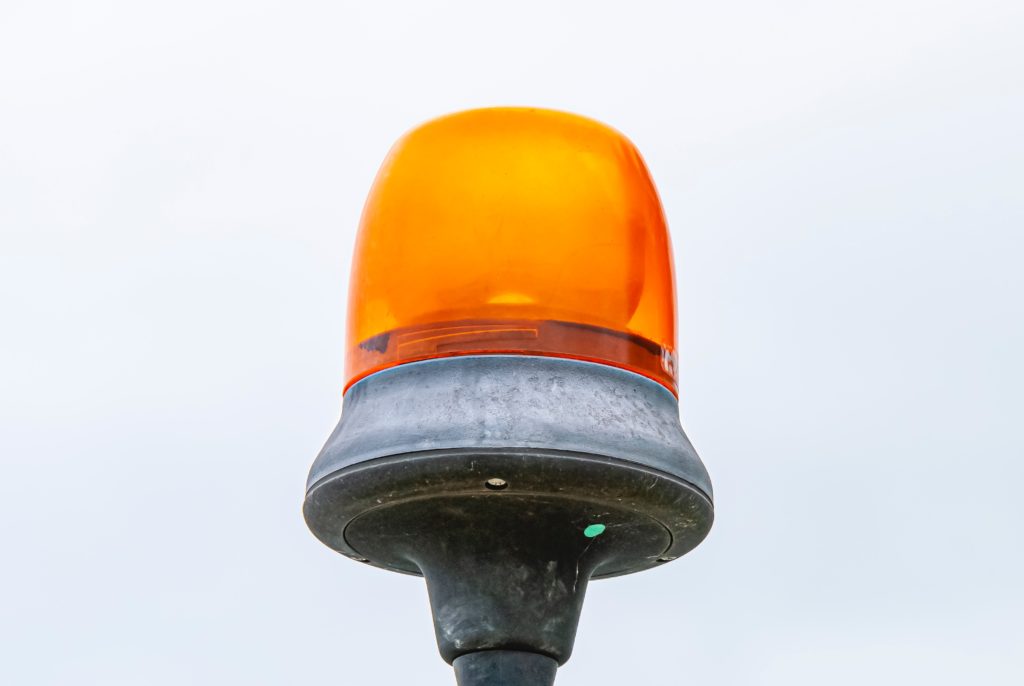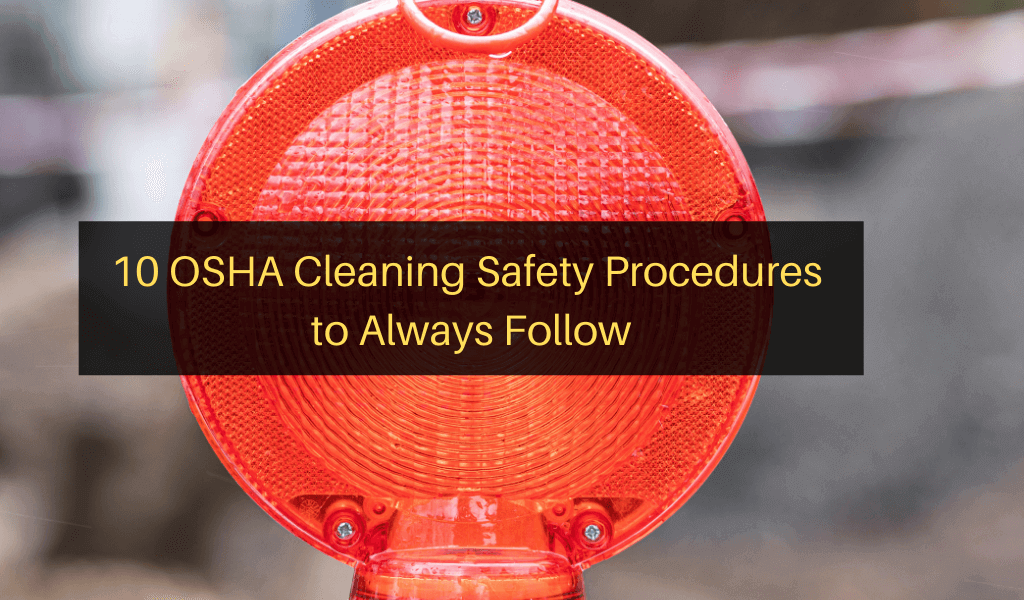For a safe and healthy workplace, these commercial cleaning safety procedures from OSHA need to be on your list.
How often do commercial cleaning safety procedures come up on the job? Probably more often than many of us realize. Every time an employee unplugs a machine before changing a pad or emptying a tank, they’re thinking about safety. Every time someone asks about mixing cleaning products, or if they can turn on more lights, they’re thinking about safety.
Of course, we all know that people take shortcuts here and there or forget a safety procedure. And we know that each location we service is different. That’s why it’s important to have standardized cleaning safety procedures. While you may have specific guidelines for a location or the products you use, there’s no better place than OSHA to get a good set of high-level safety precautions that can guide you and your team in almost any situation.
Increase the efficiency of your team, reduce your costs, and improve results. With Janitorial Manager, all this and more isn’t just a dream; it’s your new reality. Learn more today with a free discovery call!

10 Important commercial cleaning safety procedures from OSHA
OSHA has an extensive list of standards, recommendations, blueprints for starting a safety and health program in your workplace, info sheets, and more, this is all for the goal of empowering people and companies to take a “proactive approach to manage workplace safety and health.” The idea is that it’s more effective and beneficial to prevent injuries than it is to act after the fact. So it’s worth your time to read through OSHA’s website and explore any areas that might pertain specifically to your work.
In the meantime, below are ten essential commercial cleaning safety procedures that should be on any list of standards for a cleaning business.
1. Make worker safety a key part of your cleaning operation. One of the very first commercial cleaning safety procedures to put in place is to make safety an integral part of your operation. When your team understands how serious you are about their health and safety, they will be more inclined to follow through with safety protocols and appreciate your concern for them. This means encouraging employee participation and remaining receptive when they share safety concerns with you.
2. Identify any potential physical hazards. From loose railings to slippery floors to malfunctioning machinery, identify risks or potential hazards where your team is working. Correct any hazards that you can and inform your team, as well as a facility manager.
3. Identify potential health hazards. Health hazards include possible cleaning chemical spills, poor ventilation, bloodborne pathogens, and infectious pathogens. Again, correct any hazards you can and be sure your team is aware and has the proper PPE to handle these hazards.
4. NEVER mix bleach products and ammonia-based products. This is a dangerous mixture that produces a toxic gas that can burn your esophagus and lungs, and is potentially deadly.
5. “Green” products are not necessarily safe. Though generally safer, green cleaning products may still require careful handling. Especially if they’re concentrated, green products can irritate your skin and eyes, or cause breathing difficulties without proper ventilation.
6. Properly label everything. Cleaning products need to be correctly labeled to ensure other cleaning safety procedures are followed accordingly.
7. Use PPE when recommended. Additionally, make sure everyone on your team understands how to correctly wear and remove PPE.
8. Know your limits. Everyone on your team should know their limits. You don’t want people to overexert themselves and create extra problems. For example, trying to lift items that are too heavy or hard to reach is a setup for a spill or injury.
9. Train your team. The more people you have looking out for hazards, the safer everyone will be.
10. Ensure there is an emergency plan in place. The specifics of your plan will vary depending on circumstances, but you can still have a general plan. For example, what should your team do in the event of a cleaning chemical spill? What should they do in case of a fire or other personal safety emergencies? How do they need to respond in case of exposure to cleaning chemicals or any other toxic agents? Having a plan for emergencies may be one of the best cleaning safety procedures you can have in place. It helps increase awareness of other potential hazards and gives your team a strategy if something goes wrong.
Conclusion
When it comes to emergencies, prevention is your best approach. And most commercial cleaning safety procedures are simple. A little awareness and care can go a long way in keeping you, your team, and your customers safe.
Ready to take your cleaning operation to the next level? Schedule a free call with Janitorial Manager to see how our software can streamline your janitorial operation like never before.

